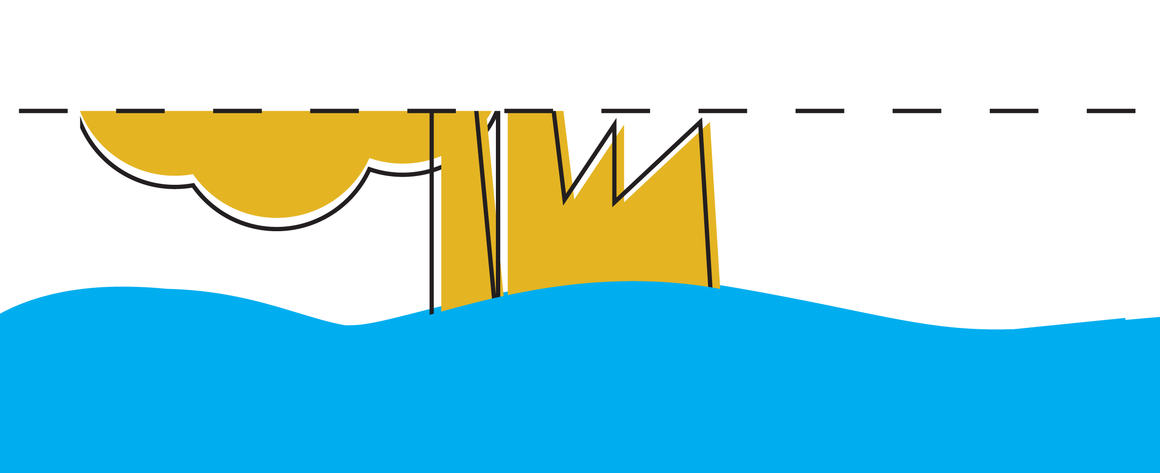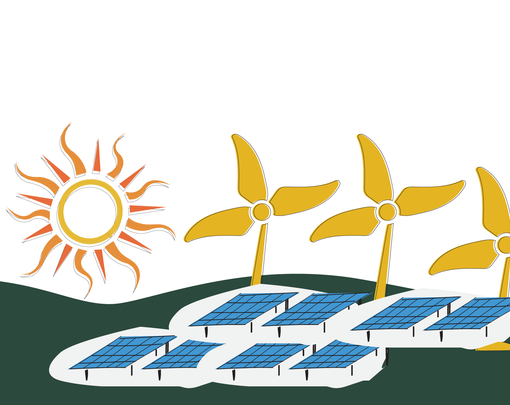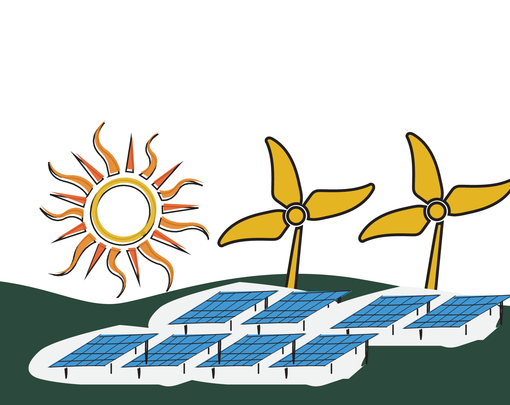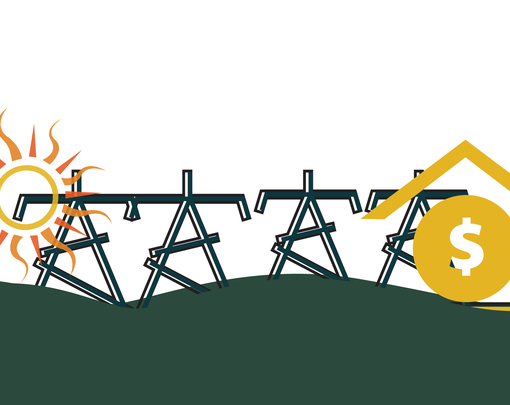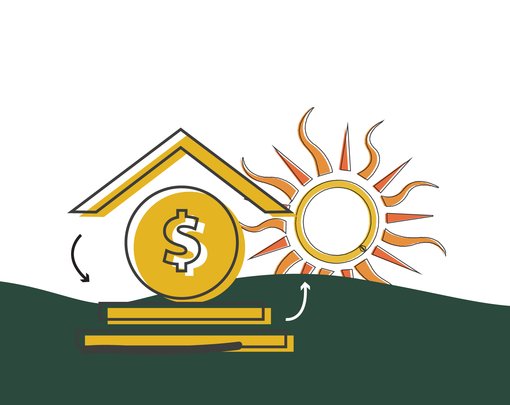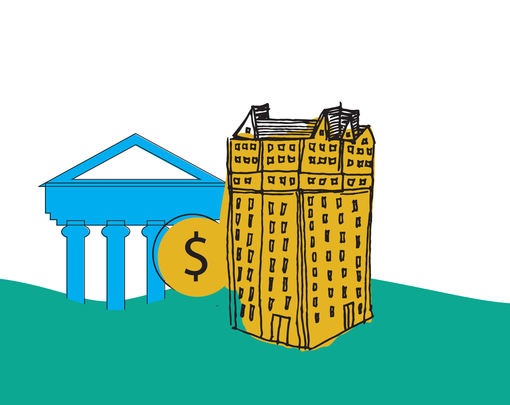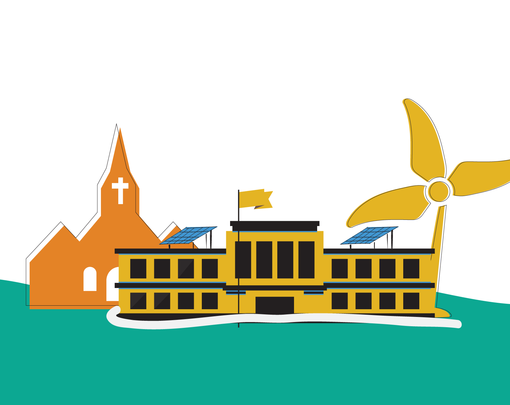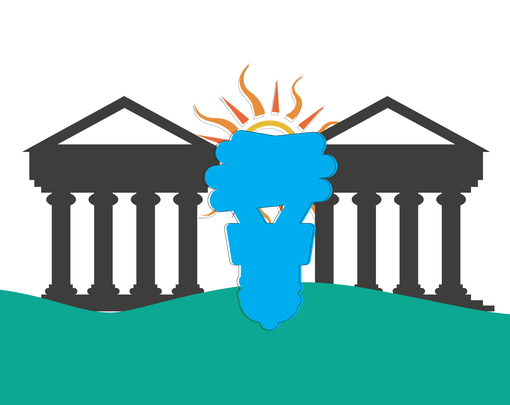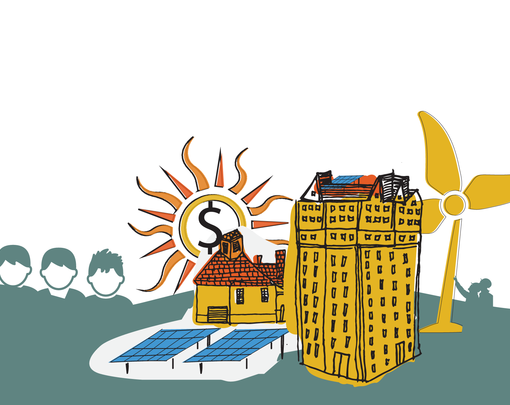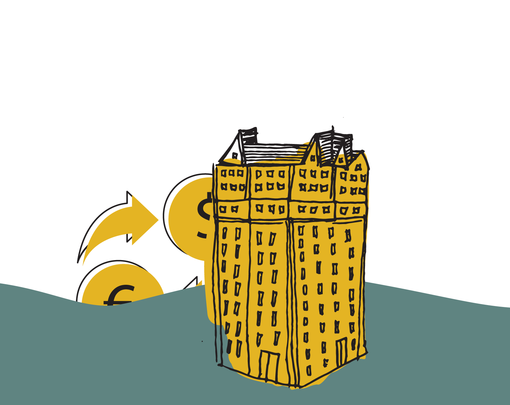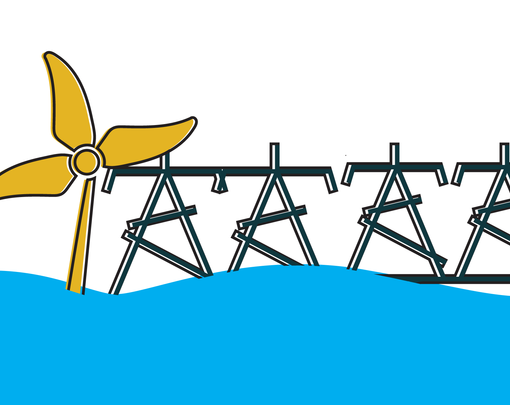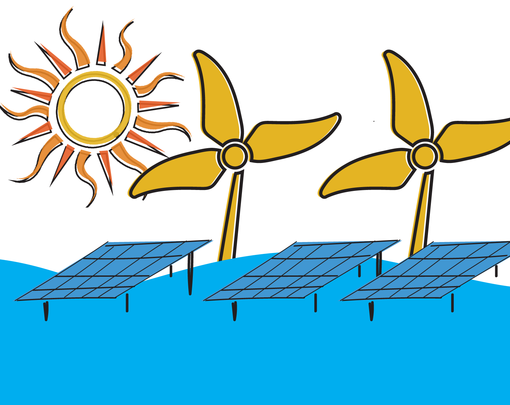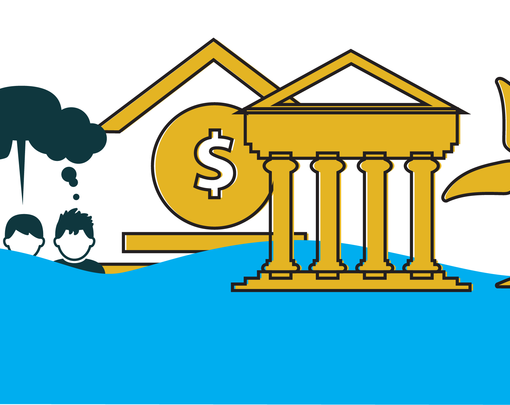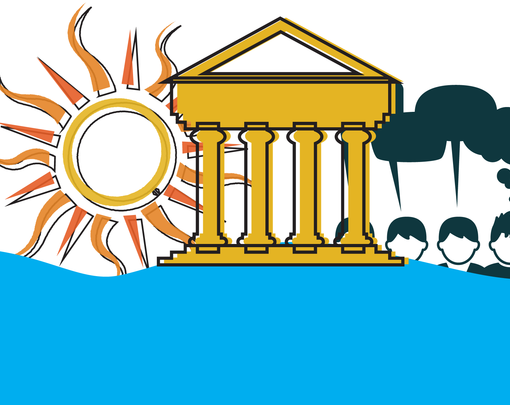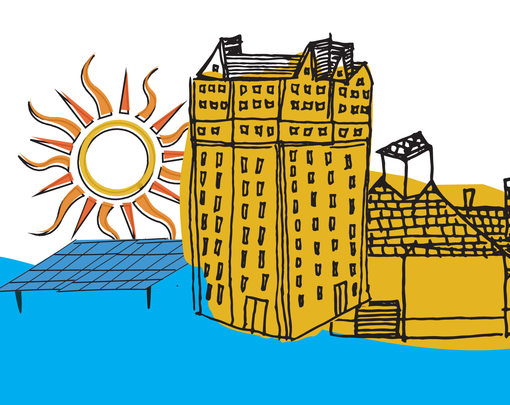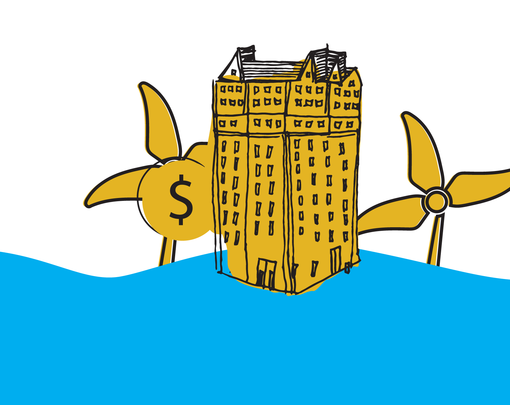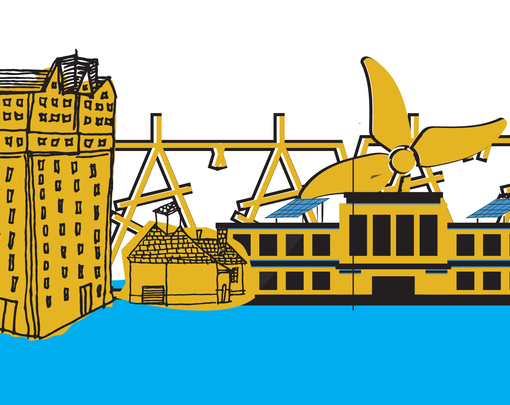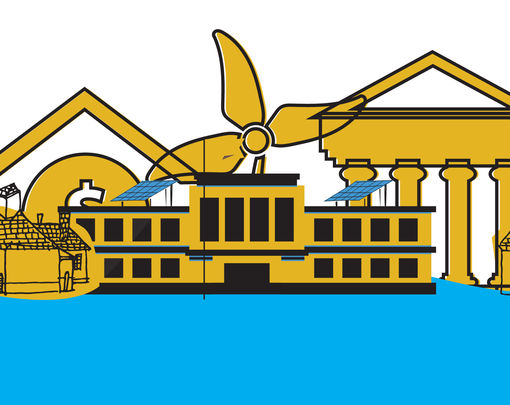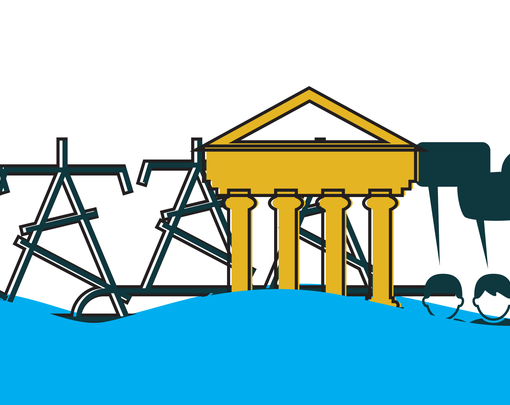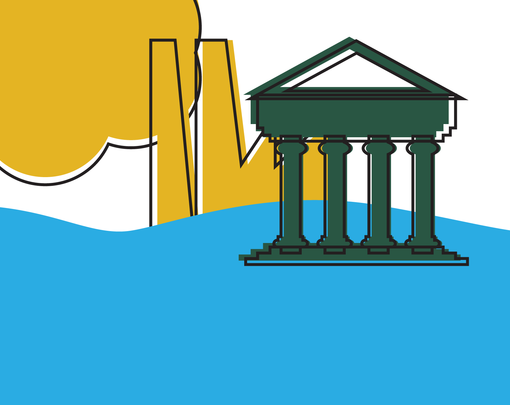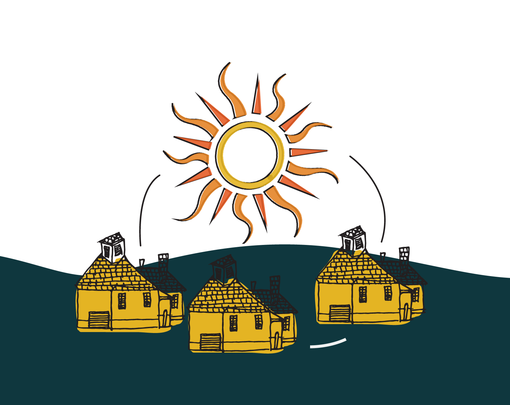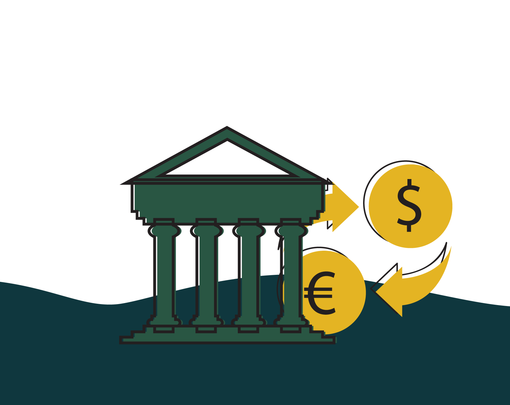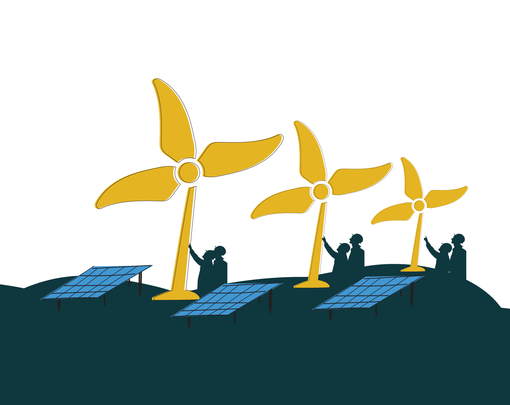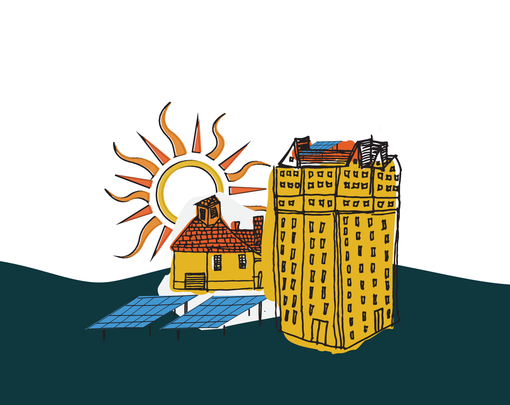Rather than financializing the right to pollute (as in “cap and trade”), cap and dividend treats the atmosphere as a commons, and makes polluters pay a fee that is shared as guaranteed basic income or as a means-targeted subsidy to offset potentially higher energy costs. The charge to pollute increases as total pollution decreases.
Policy Support:
Establishment of pollution permit/fee structure and system for dividend payments. The permit/fee apparatus can be modeled on parts of existing cap and trade arrangements.
Build Capacity?
Could help generate popular support for clean power—it’s hard to argue with a check in the mail. But does not specifically help marginalized communities, unless part of the fees collected are diverted into sustainable energy alternatives economically benefiting those communities, or unless the dividend is means-tested (like the EITC). Has potential to break the economic dependency some communities have on extractive energy sectors.
Risk & Drawbacks?
Doesn’t necessarily address geographic disparities in dirty power generation. Needs to be structured so that it reduces dirty power over time,rather than politically incentivizing its perpetuation.
Inspiring Examples:
An imperfect precedent is Alaska’s Permanent Fund, which provides a dividend to residents through charges levied on oil extraction, but which does not incentivize clean power.
